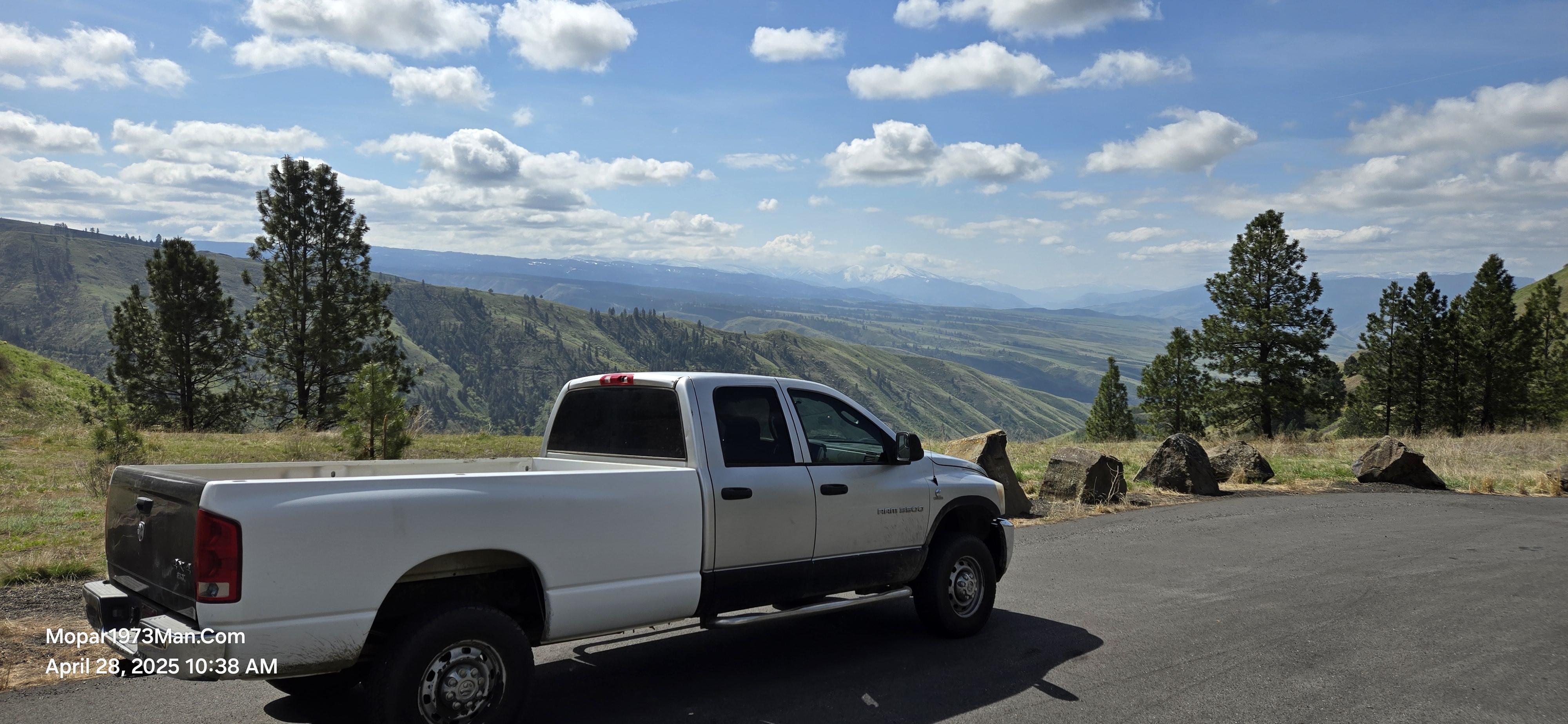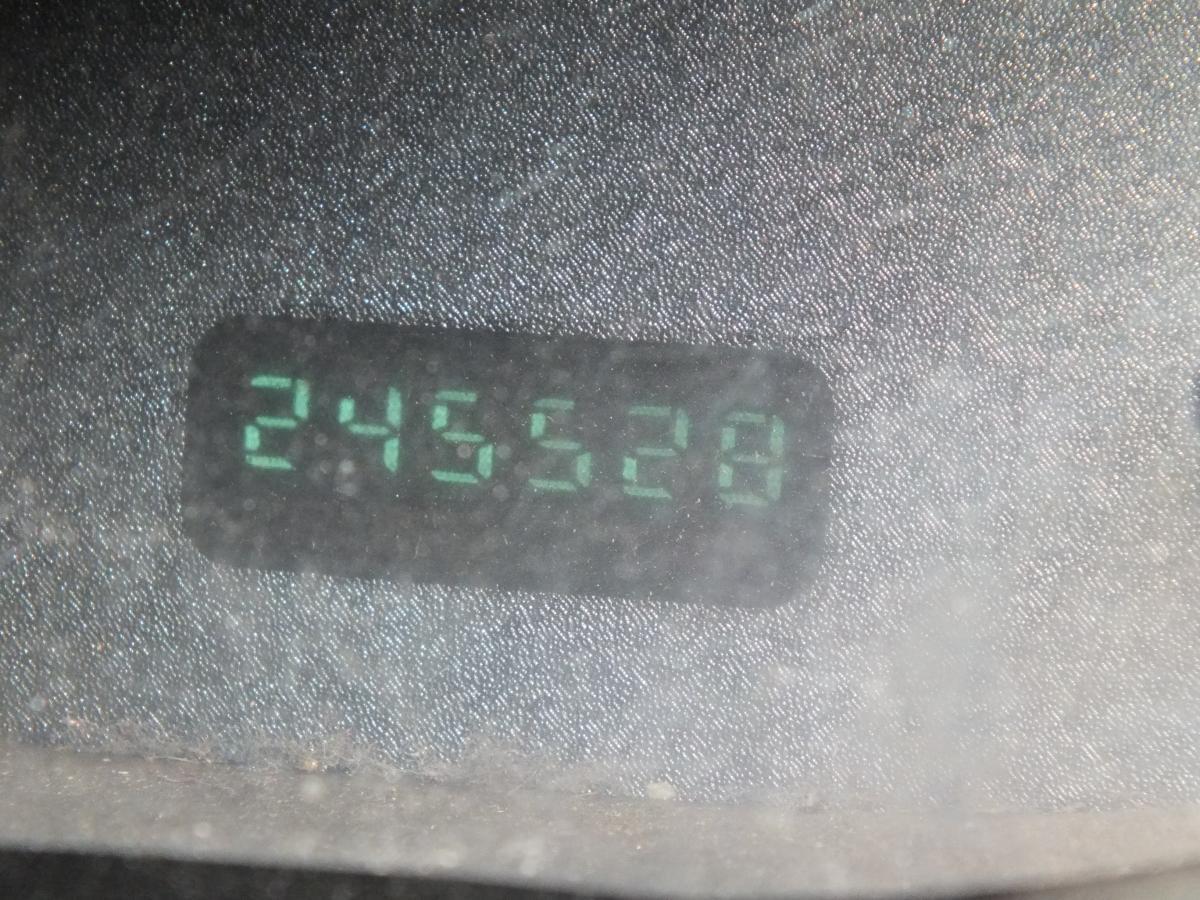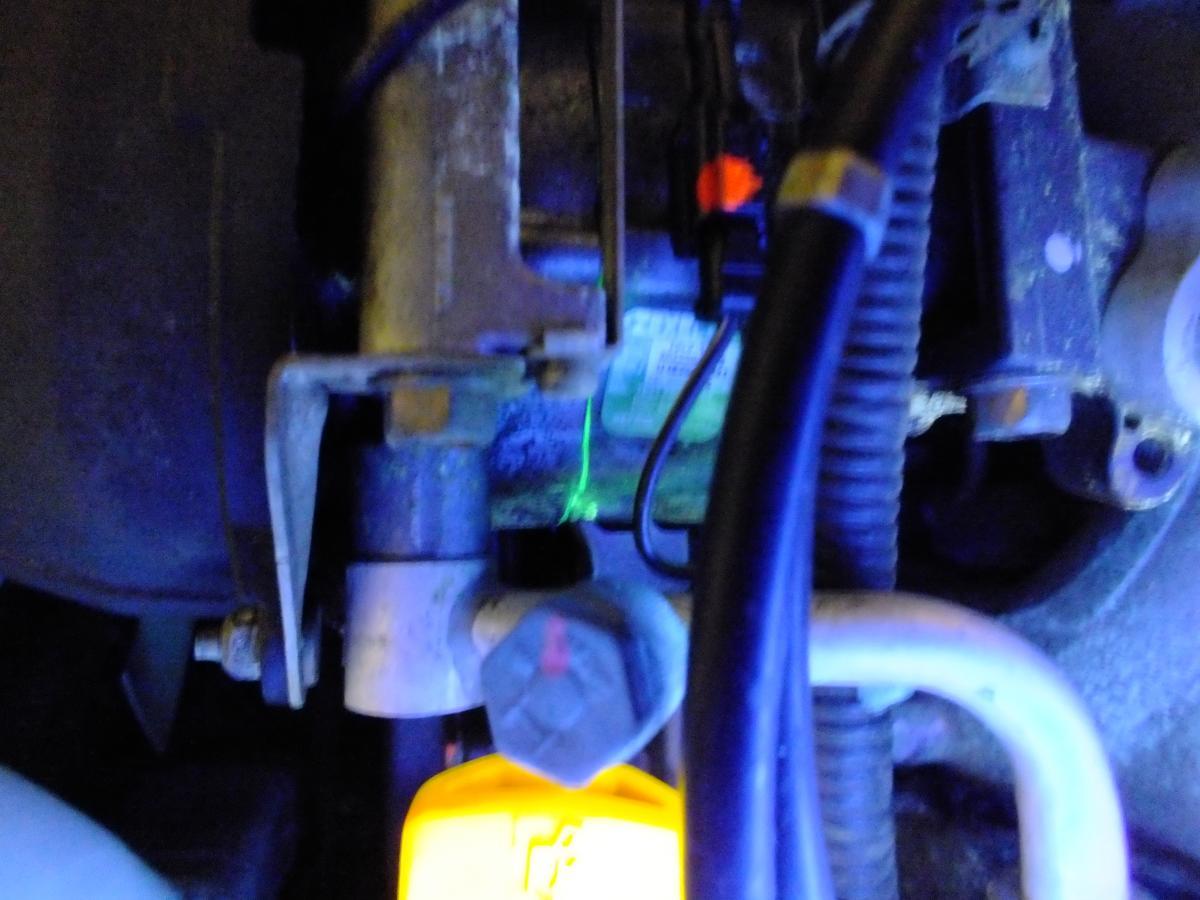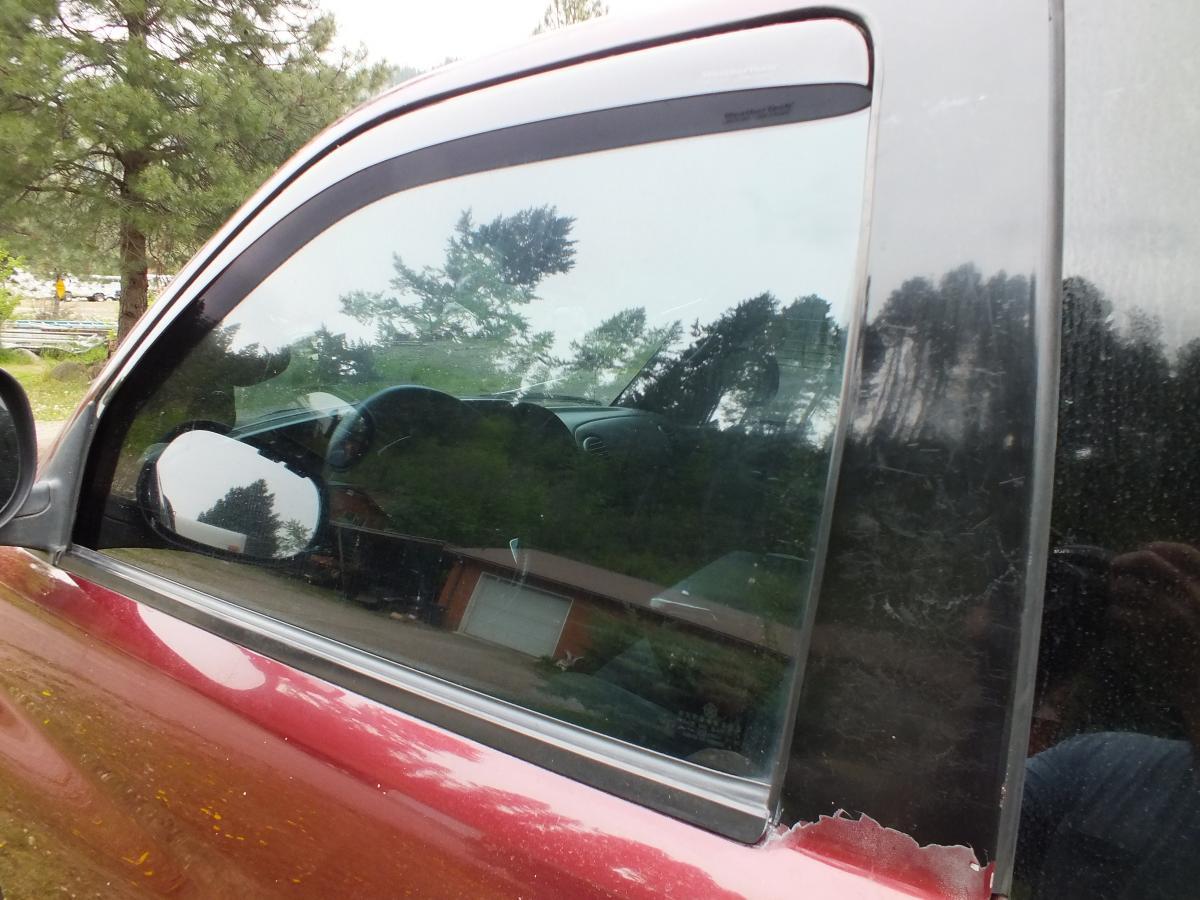
Everything posted by Mopar1973Man
-
Help Lost my MPG
Boost leaks? Injectors pop tested to spec or just in the "OK" range? Some how it just seems that fuel isn't atomized good or timing is off a bit yet.
-
Helpful list of OBDII software
http://elmelectronics.com/obdsoftware.html Since I'm looking for ways of hacking the CANBus and the CCD network for information I figure I would share my findings for software and other goodies along the way. I guess it might be time to create some articles on this so others can jump in as well. Here is the company that sells the Bluetooth dongles or WiFi dongle for (Apple products). http://www.obdlink.com/
-
Just hit 200,000 miles
-
poor air conditioning
I'd rather use a good vacuum pump and leave it suck a vacuum on the system typically for at least 15 minutes. Then shut everything down and leave it sit for another period of 30 minutes or so and check and see if the vacuum held or not. If not then repair the leak. If the system already had some pressure I typically add shot of UV dye and enough freon to run the compressor. Like my last job on a Subaru...
-
poor air conditioning
Cycling compressor is tell you that your freon is low. When recharged properly the compressor should run solid not cycling in and out. So this is a clue that you have slow leak some where. It's really easy to do a o-ring change and typically fix it the first time.
-
Lund INT. window vents
Still in all the whole idea of having your windows down a inch or so in a rain storm is rather great now you can clean the humidity in the cab rather quickly.
-
Tinted windows
I gather you trying to get around tint laws? Something like LMC Truck listings? http://www.lmctruck.com/features/de/DE9WB.htm
-
Mike will you please be more specific as to exactly what you want.
Just to show... Like there is several 6.7L threads here on the the forum that are push to the top of the first page. It's just a matter of getting more 3rd and 4th gen owners to talk here. Take notice to that other big name in the result and I've got the least amount of 6.7L info but rank near the top. Of course ther is no 6.7L articles at all so there is no article result. Typically the forum.mopar1973man.com and articles.mopar1973man.com wind up taking to results on the first page for most 24V stuff.
-
best front brake pads for the buck
Interesting... I'll have to take a look some time.
-
Code p0122 TPS
Actually it's 40 warm up cycles and it will self erase.
-
Automakers to gearheads: Stop repairing cars
Here here... That why people are now creating there own controllers and such like Mega-Squirt and Arduino products. Even though my Step-Dad was a retiree from General Motors I never bought a GM product. Even when it can to buying my current truck GM's prices where still higher than Dodge's. As what I will do with my truck and future truck I will continue to do what I'm doing. I will always modify my vehicle to be what I want it to be. Period. If it requires modification of controller software or data I will do it.
-
Lund INT. window vents
-
Stay away from doctors?
I can go on about things I heard and witnessed but still in all most doctors today are not all that bright nor do you feel cared for.
-
my 04.5 & me..smarty jr..lite pedal/smoke
Be aware of washable media filters. A lot of people jump on that bandwagon and then fall prey to the dusted engines. Washable filter are pricey but there is no way of knowing how many times you can wash the filter and reuse it before it starting to fail and pass dust into your engine. This is why I will suggest staying to normal paper element if possible. At least you know when the filter is dirty you throw the entire filter and dirt in the trash. Another trick is spray the mouth of the air box with WD40 with light film. If a filter is failing to seal it will leave a dust in the film of WD40.
-
01 engin swap question
There was s a article in the the 24V area about engine swaps and what is required to do it.
-
HELLO FROM PA.
Hit the "More Reply Options" button on the right and then the next screen will show up.
-
HELLO FROM PA.
Ok. Here is how to post pictures. http://articles.mopar1973man.com/mopar1973man-com-site-information/478-adding-an-image-to-a-post-on-mopar1973man-com (Thanks Me78569)
-
Rear Wheel Bearings
You better listen to AH64ID.. I'm backing out. I'll keep my suggestions to myself.
-
Rear Wheel Bearings
I seriously doubt that any failure will occur. Like anything you never assemble a bearing dry into anything always pre-lube them with assembly grease. The gear lube will wash out the grease in due time. I've done it that way for years and never had a bearing failure yet.
-
P0112 P0237 guidence
Just need to measure from pin 1 to 3. That is your 5.0 volts. That is correct. Now disconnect both the ECM and the MAP sensor and ohm from end to end. That will validate the wiring to be good. If you get 0-5 ohms your good anything above that is a failed wire. Now while they are disconnected yet. Now ohm from MAP sensor to ground. All 3 should turn out infinite ohms which proves that nothing is shorted to ground. http://articles.mopar1973man.com/2nd-generation-24v-dodge-cummins/59-obdii-error-codes-cummins/167-p0237-map-sensor-voltage-too-low http://articles.mopar1973man.com/2nd-generation-24v-dodge-cummins/59-obdii-error-codes-cummins/146-p0112-intake-air-temp-sensor-voltage-low
-
HELLO FROM PA.
Thanks for coming forward. Also let me know if you would like build articles for 3rd Gen's.
-
Code p0122 TPS
You need a OBDII code reader of some sort. Do NOT disconnect the battery for erasing code it does absolutely NOTHING! Most all vendors sell the Timbo's apps... But you can get it directly from Timbo for cheaper typically.
-
All of a sudden the truck started acting like it had a miss
Battery disconnect does nothing. All you need to do is turn your key OFF to reset the computers. Even time you turn the key ON the computers do a fresh reboot. This tells me the ECM does indeed have internal issues and should consider re-flashing the ECM with true stock software and seeing if that fixes it. If not the on-board flash PROM is damaged and not holding data properly.
-
Some Good Mileage
Time to set the Smarty to HALF POWER...
-
Just hit 200,000 miles
Come on Joe keep going... 238,000 miles to the Moon.






